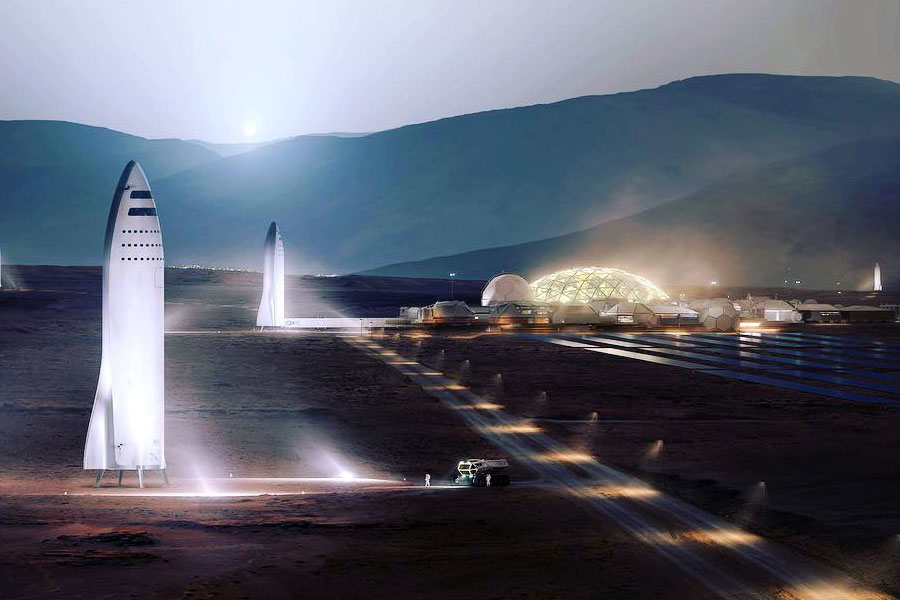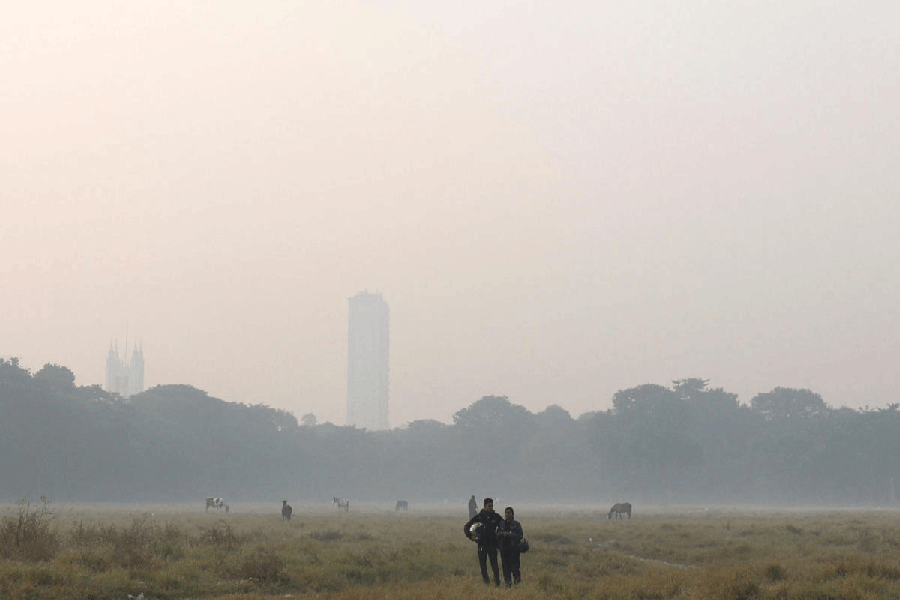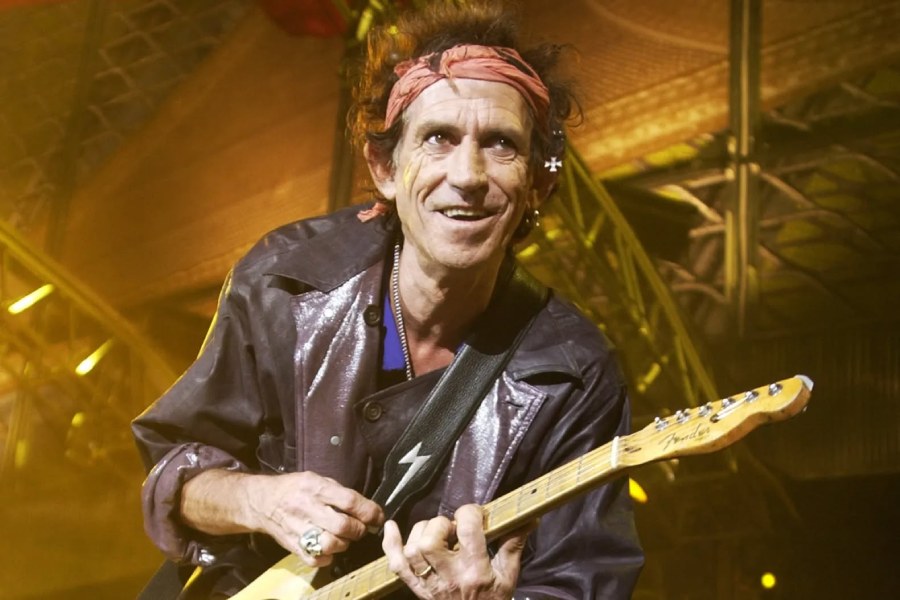For more than two decades, Elon Musk has focused SpaceX, his rocket company, on his lifelong goal of reaching Mars.
Over the past year, he has also ramped up work on what will happen if he gets there.
Musk, 53, has directed SpaceX employees to drill into the design and details of a Martian city, according to five people with knowledge of the efforts and documents viewed by The New York Times. One team is drawing up plans for small dome habitats, including the materials that could be used to build them. Another is working on spacesuits to combat Mars’ hostile environment, while a medical team is researching whether humans can have children there. Musk has volunteered his sperm to help seed a colony, two people familiar with his comments said.
The initiatives, which are in their infancy, are a shift toward more concrete planning for life on Mars as Musk’s timeline has hastened. While he said in 2016 that it would take 40 to 100 years to have a self-sustaining civilization on the planet, Musk told SpaceX employees in April that he now expects 1 million people to be living there in about 20 years.
“There’s high urgency to making life multi-planetary,” he said, according to a publicly posted video of his remarks. “We’ve got to do it while civilization is so strong.”
Musk has long tried to defy the impossible and has often managed to beat tough odds. But his vision for life on Mars takes his seemingly limitless ambitions to their most extreme — and some might say absurdist — point. No one has ever set foot on the planet. NASA doesn’t expect to land humans on Mars until the 2040s. And if people get there, they will be greeted by a barren terrain, icy temperatures, dust storms, and air that is impossible to breathe.
Yet Musk is so wedded to the idea of creating a civilization on Mars — he once said he plans to die there — that it has propelled nearly every business endeavor he has undertaken on Earth. His vision for Mars underlies most of the six companies that he leads or owns, each of which could potentially contribute to an extraterrestrial colony, according to the documents and the people with knowledge of the efforts.
The Boring Co., a private tunneling venture founded by Musk, was started in part to ready equipment to burrow under Mars’ surface, two of the people said. Musk has told people that he bought the social platform X partly to help test how a citizen-led government that rules by consensus might work on Mars. He has also said that he envisions residents on the planet will drive a version of the steel-paneled Cybertrucks made by Tesla, his electric vehicle company.
Musk, who is worth about $270 billion, has publicly declared that he only accumulates assets — which include a roughly $47 billion Tesla pay package — to fund his plans for Mars.
“It’s a way to get humanity to Mars, because establishing a self-sustaining city on Mars will require a lot of resources,” he testified in court in 2022 about his Tesla pay.
Whether Musk can achieve his vision for a Martian colony in his lifetime is debatable.
“You can’t just land 1 million people on Mars,” said Robert Zubrin, an aerospace engineer who has known Musk for 20 years and wrote the book “The Case for Mars.” Any colonization of the planet would unfold over decades, he said.
Zubrin added that Musk is being particularly distracted from his Mars ambitions by his recent work on X. The tech billionaire often faces criticism for being spread too thin among the companies he runs.
While Musk has spoken about Mars for years and SpaceX released two basic drawings of a colony around 2018, many specifics and the company’s shift toward civilization planning haven’t previously been reported. Musk has largely kept the colonization plans quiet because SpaceX, under a $2.9 billion contract with NASA, must first send a rocket to the moon, two people with knowledge of the company said.
The Times interviewed more than 20 people close to Musk and SpaceX about the plans for a Martian city and reviewed internal documents, emails, social media posts and legal documents. Many of the people spoke on the condition of anonymity because they had signed nondisclosure agreements.
Even they were skeptical that Musk would build a Martian city in his lifetime. Some of them said he was just trying to best Jeff Bezos, Amazon’s founder who envisions humans living in giant space stations throughout the solar system. Musk has laid out an aggressive timeline for Mars to make them work harder, others said. Drawings of the colony are sometimes referred to as a “hype package,” two of them said.
Musk and SpaceX didn’t respond to requests for comment. In a post on X after this article was published, Musk said he had not volunteered his sperm and that no one at SpaceX had been directed to work on a Martian city. “When people have asked to do so, I’ve said we need to focus on getting there first,” he wrote.
Saving Humanity
Musk has been fascinated by Mars since reading Isaac Asimov’s 1951 science fiction novel, “Foundation,” when he was 10. In the book, the protagonist builds a colony across a galaxy to save humanity from the fall of an interstellar empire.
“They find a planet far away from the galactic center and try to preserve human knowledge and civilization there while the center of the galaxy kind of falls apart,” Musk said in a 2013 interview for a science video.
In 2001, Musk tried buying a Russian rocket to reach Mars, said Jim Cantrell, a former SpaceX employee who visited Russia with him that year. But after three trips, the Russians refused to sell, and one official spit on Musk’s shoes, Cantrell said.
In 2002, Musk founded SpaceX, a privately held company in Hawthorne, California. It eventually created partly reusable rockets and landed government contracts, including with NASA. In recent years, it started Starlink, a satellite internet service that has expanded worldwide.
To reach Mars, SpaceX has built Starship, a nearly 400-foot reusable rocket. Starship’s immediate purpose is to take NASA astronauts to the moon, though it might later ferry residents to Mars and could also act as a small space station.
A future version of Starship may have a living space in its nose, three people familiar with the rocket said. Plans call for several floors of living quarters, with amenities like a running track and a movie theater, two of the people said. One drawing of Starship’s interior, a version of which Musk has posted on X, shows a violinist hovering in zero gravity as she plays for a crowd.
Starship may carry 100 passengers at a time to Mars, a journey that would happen about every two years, Musk told the International Astronautical Congress in a 2016 presentation. NASA has said a trip to Mars, located about 140 million miles from Earth, would take up to nine months.
In 2018, SpaceX engineers gathered with university researchers and others for a private meeting in Colorado to discuss the technology needed to survive on Mars, according to notes of the meeting obtained by the Times. Topics included harvesting ice to make water and selecting the right area on Mars to build a colony.
By last year, the latest versions of Starship had been built at Starbase, a SpaceX facility in Boca Chica, Texas. In June, Starship successfully returned from a test flight to space for the first time.
Colony Planning
Over the years, Musk has dropped hints about how he thinks people would live on Mars.
One theme revolves around the continuation of human life on the planet. Scientists haven’t determined whether people can have children in space. Musk has said children won’t be allowed on the first flights to Mars because of the dangers, though he expects them to live there eventually.
But Musk has a plan. In his 2013 interview for the science video, he said he hoped to create his own species on Mars, an idea that he has repeated over the years to SpaceX employees and others close to the company.
“I think it’s quite likely that we’d want to bioengineer new organisms that are better suited to living on Mars,” he said in the interview. “Humanity’s kind of done that over time, by sort of selective breeding.”
He also has a strategy for warmth. In a 2022 podcast interview, he said he would tackle the planet’s icy temperatures with a series of thermonuclear explosions that would warm the planet by creating artificial suns. Hundreds of solar panels, potentially built by Tesla, will help heat homes and create energy, three people familiar with his plans said.
Musk’s pronouncements have in recent months shifted into more concrete planning by SpaceX employees.
The industrial design team has been creating and updating renderings for a city, two people said. The colony will center on a giant dome for communal living, with smaller domes scattered around it. Discussions have lately focused on what materials to use for the domes. Musk is particularly concerned with making sure the city looks cool, two other people said.
One internal drawing obtained by the Times shows a family with young children standing in a dome neighborhood, gazing up at the stars.
In April, Musk told SpaceX employees that the Mars colony would be self-sustaining in case something happened to Earth and rockets couldn’t reach it anymore.
To achieve that, Musk plans to use Starship as sort of a Noah’s Ark, carrying plants and animals on the initial voyage, three people familiar with the plans said. Residents would then build greenhouses on Mars to grow food.
SpaceX has partnered with Impossible Foods, the plant-based alternative meat company, to provide food in SpaceX’s cafeterias, but also to test the products as a possible protein source for Mars, two of the people said.
Civilization Secured?
Like Musk, many of SpaceX’s more than 12,000 employees believe in life on another planet, according to the people familiar with the company and documents viewed by the Times. Workers sometimes wear “Occupy Mars” or “Rocket Parent” T-shirts to work and post suggestions for the Mars colony on an internal site. One recent idea was to build the city on the side of a giant crater.
Some employees working on the Mars plans are based in Boca Chica, while others from the Southern California office fly in on Mondays and leave on Fridays. Many work more than 100 hours a week.
The Boca Chica site has an industrial complex called Stargate, with an office that some liken to being in a Las Vegas casino because the lack of windows makes it hard to tell if it is day or night, three people said. A new office under construction there will have more windows, they said. Current and former employees said the Boca Chica site has sometimes lacked basic safety protocols, like caution tape around dangerous equipment.
SpaceX has grappled with a lawsuit and a complaint from the National Labor Relations Board related to eight former employees who said they were fired for complaining about Musk’s behavior and for making allegations of sexual harassment and discrimination at the company. SpaceX hasn’t responded to the lawsuit and has sued the NLRB, claiming it acted unconstitutionally.
Still, some employees said it was worth working there to create a Mars colony.
In a recent goodbye email viewed by the Times, a female SpaceX manager who worked on the Mars program described “brutal” hours and conditions, especially for working parents. But she also said the company was “an astonishing place” and that she would “trade this experience for nothing.”
Musk’s presence in Boca Chica has waned recently, people familiar with the company said. He visits about once a month, sometimes in the middle of the night for a few hours with his toddler son X Æ A-12, two of the people said, compared with at least once a week previously.
Yet his resolve for a Martian civilization appears unbowed.
In May, a NASA official said that the agency didn’t expect to land humans on Mars until the 2040s. That same month, Musk posted on X that it would take less than 10 years to send people there and that there would be a Martian city in about 20 years.
“For sure in 30, civilization secured,” he wrote.
The New York Times News Service











